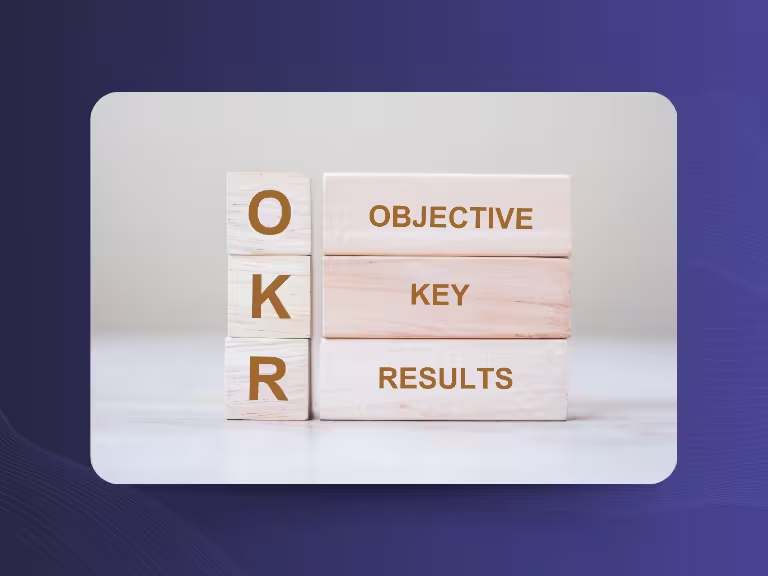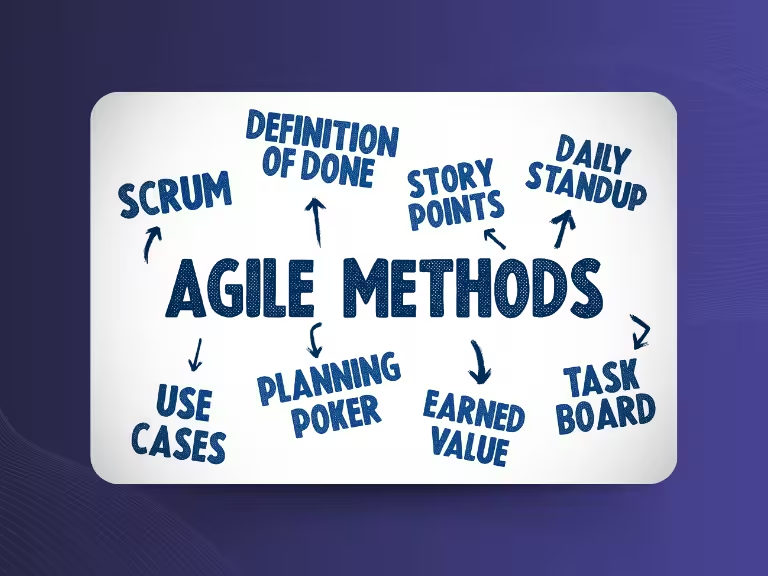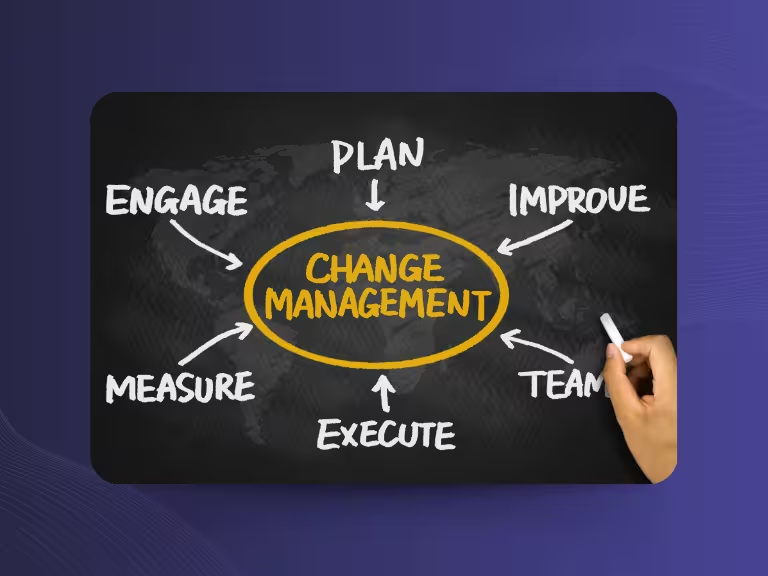Do you know the feeling? You sit in a meeting, and after 30 minutes, everyone wonders: "What were we actually supposed to discuss?" This is exactly where the meeting agenda comes into play. It is your lifeline for productive meetings.
Definition and Functions of a Meeting Agenda
A meeting agenda is more than just a simple to-do list. It is the roadmap for your meeting – a structured overview of all the topics to be discussed. It defines clear goals and ensures that all participants know what to expect.
The importance of a meeting agenda is evident in three main functions: it creates structure, clarifies expectations, and ensures the necessary focus. Imagine organizing a project meeting without an agenda. The discussion jumps from budget issues to technical details, then to schedules – and in the end, no clear decision has been made.
Impact on Efficiency and Productivity
A well-thought-out agenda prevents precisely these scenarios. It eliminates aimless discussions and reduces meetings that drag on endlessly. If all participants know the topics in advance, they can prepare accordingly.
The benefits of a meeting agenda become particularly clear when you look at the numbers: companies report 25% less meeting time with simultaneously better results. This is because structured meetings lead to clearer decisions and fewer follow-up questions.
How to Create an Effective Meeting Agenda – Step by Step
Creating an effective meeting agenda is not rocket science. With the right approach, it becomes the foundation for successful meetings.
Key Components of a Successful Agenda
The first step is to define a clear goal. Ask yourself: "What should be achieved by the end of this meeting?" This goal becomes the red thread of your entire agenda.
Then gather all agenda items and prioritize them. Not every topic deserves the same amount of attention. Important decisions belong at the beginning when everyone is still focused. Routine updates can follow later.
Time management is crucial. Plan realistic time frames for each item. A complex topic needs 30 minutes, not 10. Also, consider breaks – especially in longer meetings over 90 minutes.

Practical Tips for Designing
Send your agenda 24-48 hours before the meeting. This gives all participants enough time for preparation and shows that you take the meeting seriously.
The structure of your agenda should be logical. Start with a brief greeting and the meeting goal. Organize the main topics into categories: information exchange, discussion points, and decisions to be made.
Use clear, understandable language. Avoid jargon and phrase points so that every participant immediately understands what it is about. Also, plan buffer times – meetings rarely go exactly as planned.
Templates and Examples for Different Types of Meetings
Different types of meetings require different approaches. A meeting agenda template can help you quickly find the right structure.
Classical Agenda Template
A proven basic structure looks like this: start with a greeting and a brief presentation of the goal (5 minutes). Then follow the main topics with clear time indications. Each point should have a responsible speaker.
Conclude with a summary and the distribution of specific tasks. This final part is at least as important as the discussion itself – this is where actionable results arise.
Example: Agenda for a Kick-Off Meeting
For a project start meeting, your agenda could look like this. Welcome and team introduction (15 minutes) – Everyone briefly introduces themselves and explains their role in the project. Present and discuss the project plan (60 minutes) – The project manager presents goals, schedule, and milestones. Team feedback is gathered. Task distribution and communication rules (90 minutes) – Who does what by when? How do we communicate? Which tools do we use?
Adjustments for Different Meeting Formats
Short status meetings, also called daily stand-ups, need a compact agenda. Here three questions suffice: What has been done since the last meeting? What is on the agenda for today? Are there any obstacles?
Strategy meetings, on the other hand, require more time for discussions. Plan consciously longer blocks here and leave room for spontaneous considerations.
For feedback and review meetings, you should supplement the agenda with evaluation criteria. What is being evaluated? According to which standards? How does it proceed afterward?
Technological Support and Further Strategies
Digitization also does not stop at meeting agendas. Modern tools can help you make your meetings even more efficient.
Tools for Creating and Planning Meeting Agendas
Digital collaboration tools like Google Docs or Microsoft Teams allow you to create and edit agendas collectively. Participants can add items or ask questions in advance.
Doodle and similar scheduling tools solve the problem of coordinating dates. Instead of endless email chains, you quickly find a date that fits everyone.
Particularly interesting are AI meeting assistants like Sally, which work GDPR-compliantly. They can automatically transcribe meetings, create minutes, and identify important tasks. This not only saves time but also ensures nothing is forgotten.

Additional Considerations for Successful Meetings
In international teams, you must consider cultural differences. While German teams often work very structured, other cultures value building relationships more. Adapt your agenda accordingly.
The follow-up is just as important as the preparation. Get feedback: Was the agenda helpful? Which points needed more time? These insights improve your next meeting agenda.
Integrate task tracking directly into your meeting processes. Project management tools can automatically take over tasks from your meetings and track progress.
Case Studies and Practical Examples
A medium-sized software company was able to reduce its weekly team meetings from 90 to 45 minutes through structured agendas. The reason: clear time specifications and focused discussions.
Another example comes from sales: a team introduced separate agendas for information exchange and strategy discussions. Result: 30% more time for strategic topics with simultaneously better information distribution.
The difference between meetings with and without an agenda is dramatic. Without structure, teams get lost in details, important points are forgotten, and decisions are postponed. With a clear agenda, concrete results and clear next steps arise.
Summary and Practical Benefit
A well-thought-out meeting agenda is the foundation for productive meetings. It not only creates structure but also allows all participants to optimally prepare and discuss purposefully.
The advantages are measurable: shorter meetings, clearer results, and fewer follow-up questions. Your team will thank you if meetings are finally productive again instead of time-consuming.
Starting is easy: begin with a clear goal, plan realistic time slots, and use proven templates. Technical tools such as digital collaboration tools or AI assistants can additionally support you.
In the long run, you develop a sustainable meeting culture through continuous feedback and adjustment. Teams that regularly work with structured agendas report significantly higher satisfaction and better work results.
If you want to take it a step further, try intelligent meeting assistants like Sally. They can not only implement your agenda but also automatically document and track it – for a truly efficient meeting organization.

Test Meeting Transcription now!
We'll help you set everything up - just contact us via the form.
Test NowOr: Arrange a Demo Appointment




